crap | acontecimientos | The World ~ Isidora Gilardi
The World ~ Isidora Gilardi

According to Pliny the Elder’s account, representation was originated by the urge of a Corinthian maid to cling to her departing lover by drawing the outline of the cast shadow of his profile. In the proximity of his absence, the girl identified the shadow of her beloved as the last trace of his presence. When both the shadow and the body that projected it became absent, the marks on the wall turned into the embodiment of the one who is gone. It was an object of affection.
«The World» is a constellation of objects, minerals, plants, photographs and images that are associated with each other through resemblance. From affection and aversion, these things, as most of the things, could both be themselves and exceed themselves as being metaphors of others. They unfold into each other in relationships of kinship and affection, weaving stories that transcend them. It is an attempt to understand affective or sensible ways to depict, grasp and give meaning to the world. Meanings that are supported by a scaffolding of allegories.
There was a time when to decipher the world, was necessary to find affinities between things. “To search for the law governing signs is to discover things that are alike. The grammar of beings is an exegesis of these things. And what the language they have to tell us is quite simply what the syntax is that binds them together.”[1] “Resemblance organized the play of symbols, made possible knowledge of things visible and invisible, and controlled the art of representing them. The universe was folded in upon itself: the earth echoing the sky, faces seeing themselves reflected in the stars, and plants holding within their stems the secrets that were of use to man.”[2] It was a time when magic, mythology were intrinsic to science, when facts were imbued with fantasy.
“How many crimes has humanity not committed in the name of Truth! And yet this truth was only ever just a meaning. «
»Many make a hypostasis of meaning. This terrorist operation generally goes under the name of realism. So, when you declare (…), ‘I feel the need to express reality, but in terms which are not completely realist,’ you show a true sense of meaning.”[3]

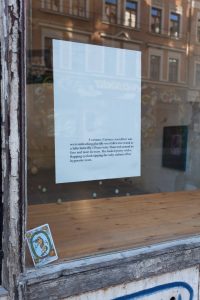
A caiman (Caiman crocodilus) was seen sunbathing placidly on a fallen tree trunk as a Julia butterfly (Dryas iulia) fluttered around its face and tasted its tears. She looked pretty with a flapping eyelash sipping the salty sodium of her hypocrite tears.



sympathy of the spheres:
analog phtograph, hen, ostrich and quail eggs & pearls





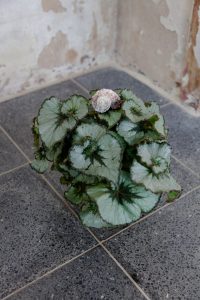
Begonia Rex & sea snail
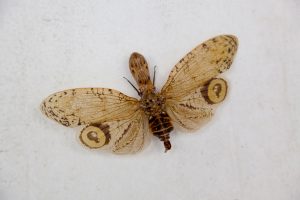
crocodile butterfly (Fulgora laternaria)

rabbit foot fern (Davallia fejeensis) & amulet


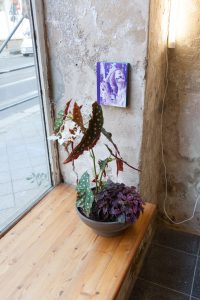
chloris becoming flora
fragment of Allegoria della primavera, Sandro Botticelli, c. 1482
Begonia Maculata & hoja de sangre (Hypoestes phyllostachya)


desert rose plant (Adenium Obesum) & desert rose crystal



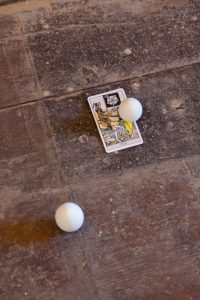
eggs & Death tarot card


hand of st. Lucy, Francesco del Cossa, c. 1473 & poem of Sappho trans. by Anne Carson

hand of Sylvia Plath & apple





secret love (Impatiens Velvetea)
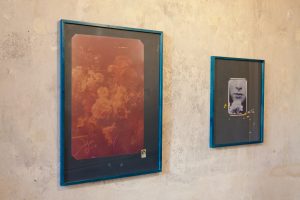
Emily Dickinson’s herbarium

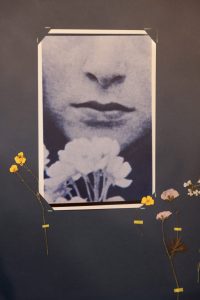
Isidora Gilardi
THE WORLD
Leipzig. Germany
September 2018
Images by Nicolás Rupcich
[1] Michel Foucault, Order of things, p. 19.
[2] Ibid. p. 33.
[3] Roland Barthes, Dear Antonioni, conference pronounced in 1980.
